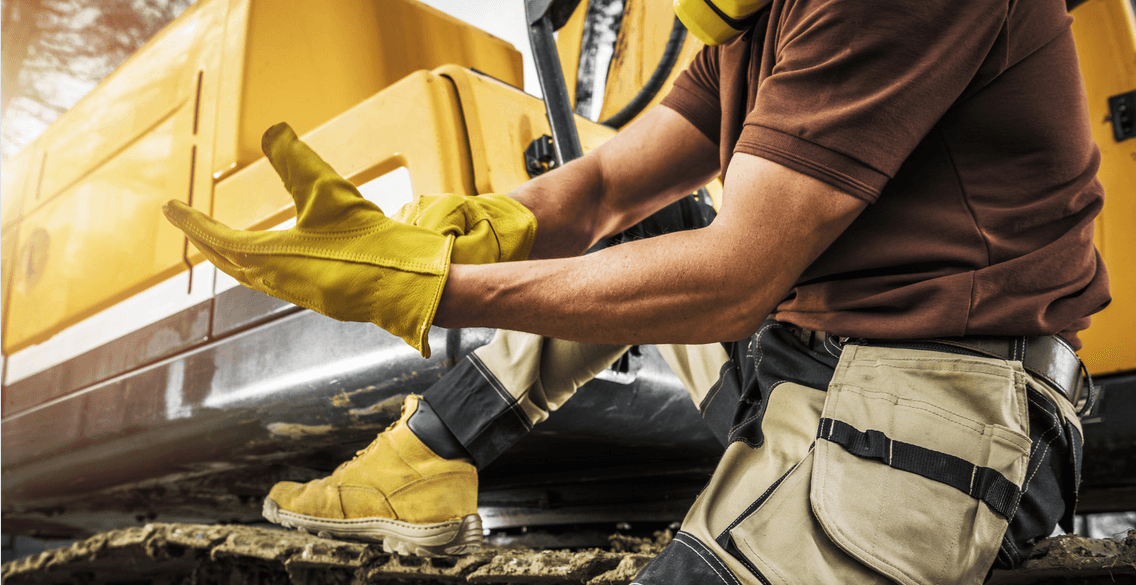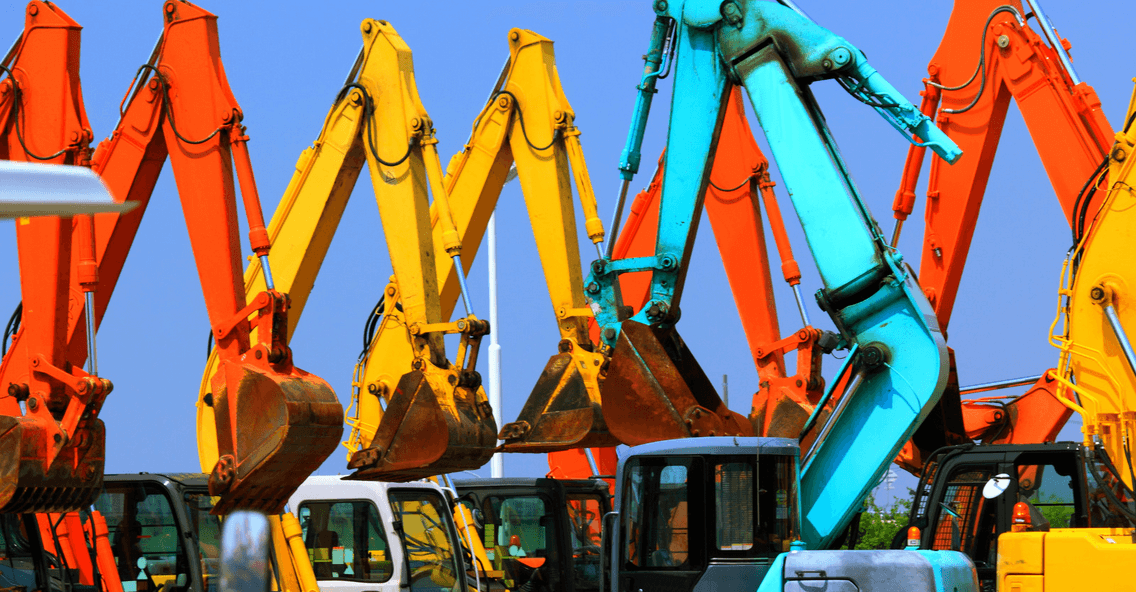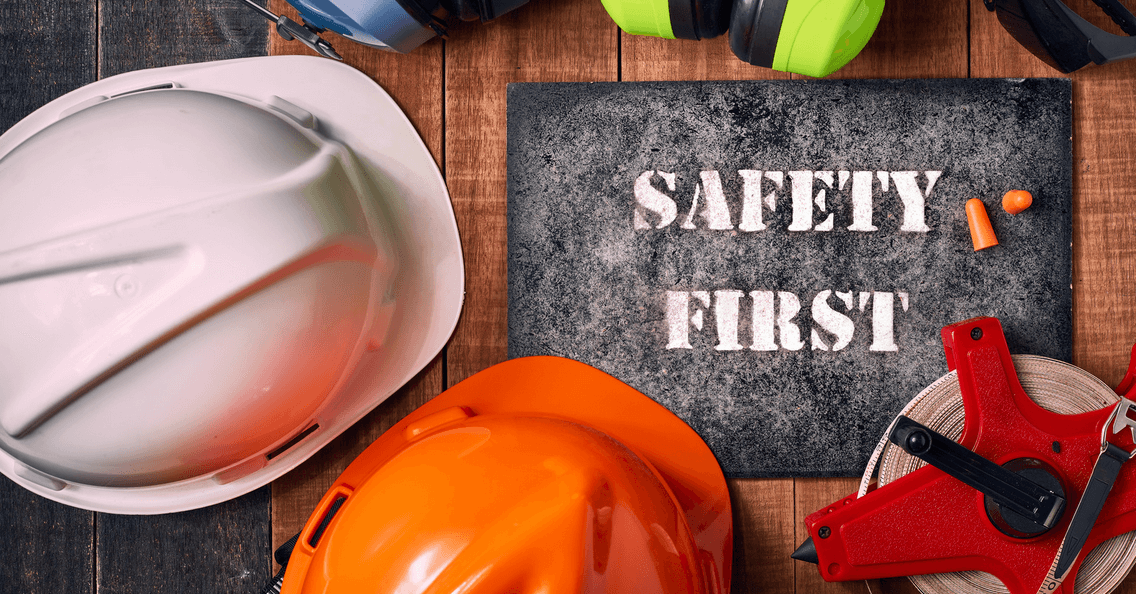My shopping cart
Your cart is currently empty.
Continue Shopping
In today's fast-paced and budget-conscious construction industry, the decision to rent equipment instead of purchasing it outright has become not merely an option but a strategic choice for many companies. Equipment rental plays a vital role in project success and efficiency. Getting the latest technology is critical as projects get more complex. But renting equipment is more complicated than it seems - there are pitfalls to watch out for that can impact projects and finances. This guide highlights common rental mistakes to help companies make better decisions for smooth projects. Whether you're a seasoned pro or new to construction, this guide offers insights into equipment rental. We aim to empower your business with knowledge for efficient project success.
One of the cardinal errors in equipment rental is insufficient planning, particularly failing to conduct a comprehensive project scope analysis. A thorough evaluation of your project's requirements not only aids in identifying the specific types of equipment needed and ensures that these selections align precisely with your project's objectives and timelines. Assessing the scope of the project involves considering the scale of work, the environment in which the project will be executed, and any potential challenges. This level of analysis is crucial for determining the most effective equipment solutions, thereby preventing delays and optimising productivity.
Future-proofing your equipment rental is another critical aspect of the initial planning stages. It involves considering not just the immediate needs of your project but also potential changes in scope or scale that could occur. This foresight includes evaluating the possibility of project expansion, increased demands, or extended timelines that may necessitate additional or more versatile equipment. By accounting for these potential scenarios in your rental agreements, you can ensure flexibility and adaptability, avoiding being under-equipped or facing unexpected rental shortages. This approach safeguards your project's progress and maintains budgetary control by preemptively addressing future needs.

Selecting the appropriate equipment for construction projects is pivotal to ensuring efficiency, safety, and cost-effectiveness. However, one common pitfall project managers encounter is renting the wrong type or size of equipment. This section will explore the consequences of such mistakes and underscore the importance of consulting with rental professionals.
Choosing equipment that doesn't align with your project's specific requirements can lead to many problems. Utilizing the incorrect equipment type can hamper productivity and increase project costs and timelines. For instance, opting for a bulldozer when an excavator is needed may seem like a minor oversight. Still, it can significantly impede the precise digging or material handling tasks essential for your project. Understanding the distinct functions and capabilities of different equipment types is essential.
Similarly, the size of the equipment is another critical consideration that can dramatically affect a project's outcome. Equipment too large for the job may be challenging to manoeuvre, particularly on sites with limited space, leading to delays and potential safety hazards. Conversely, equipment that is too small may be inadequate for the task, leading to inefficiency and the need for additional resources to complete the work. Optimal equipment size selection is essential for maximising productivity and maintaining project timelines.
To mitigate the risks associated with renting the wrong equipment type or size, seeking counsel from rental professionals is invaluable. Rental experts possess the experience and knowledge to recommend the most appropriate equipment for any project, considering its unique requirements and challenges. These professionals can provide insights into the latest equipment technologies, efficiency ratings, and operational best practices, ensuring project managers make informed decisions. By leveraging the expertise of rental professionals, companies can avoid costly mistakes and ensure that their projects run smoothly and efficiently.

Neglecting safety measures in the rush to meet project deadlines or to cut costs can have dire consequences, from severe injuries to legal liabilities. Safety should always be a paramount concern when renting construction equipment, as the machinery's complexity and the inherent dangers of construction sites demand strict adherence to safety protocols. Additionally, ensuring all equipment meets safety standards protects workers and minimizes the risk of costly project interruptions. Investing in comprehensive safety measures, including using personal protective equipment (PPE) and adherence to safety guidelines, is essential for maintaining a secure and efficient project site.
Apart from prioritizing safety, ensuring that all personnel are adequately trained to operate the rented equipment is crucial for the smooth execution of construction projects. Lack of proper training can lead to inefficient use of machinery, increasing the project's time and cost. Furthermore, untrained individuals are more likely to misuse equipment, resulting in accidents, equipment damage, and significant delays. By investing in training programs, companies can ensure that their team can operate the equipment efficiently and safely. Effective training empowers workers with the knowledge and skills required to handle complex machinery, thereby enhancing productivity and minimizing the likelihood of operational errors.
Neglecting equipment inspection and maintenance is a common oversight that can lead to significant problems, including unexpected breakdowns, decreased productivity, and increased operational costs. This section will highlight the importance of pre-rental inspections and maintenance during the rental period.
Conducting thorough pre-rental inspections is crucial to ensure the equipment is in optimal working condition before being deployed on a project. Here are essential steps to follow during pre-rental equipment inspections:
Maintaining equipment in top condition during the rental period is vital for smooth operation and avoiding downtime. Here are key considerations for maintaining rented equipment:
By adhering to these inspection and maintenance practices, companies can maximize the efficiency and reliability of their rented equipment, ensuring project success.
Neglecting support services when renting construction equipment can significantly impact the project’s efficiency and success. Support services encompass all additional assistance the rental company provides, from technical advice and training to on-site maintenance and emergency responses. Here, we explore two critical components of support services: the pivotal role of customer support and the advantages of on-demand maintenance.
Having access to knowledgeable and responsive customer support is crucial. Effective support can significantly enhance the rental experience by providing immediate assistance, advice, and solutions to any arising issues. Expert support teams can offer valuable guidance on equipment usage, troubleshooting, and essential tips for maximizing efficiency. They are a reliable resource for quickly resolving queries, ensuring that projects remain on track without unnecessary delays. A rental company that prioritizes robust customer support demonstrates a commitment to customer satisfaction and project success, making it a vital criterion when selecting a rental partner.
On-demand maintenance services are indispensable for managing and minimizing equipment downtime. A rental company that provides prompt and effective maintenance ensures that any technical issues or breakdowns are swiftly addressed, keeping projects moving forward. This level of responsiveness reduces the risk of extended delays and alleviates the burden on project managers by handling equipment issues professionally and efficiently. The ability to access on-demand maintenance bolsters confidence in the equipment's reliability and the rental company's commitment to project support, making it an essential feature of high-quality rental services.
Overlooking the logistics and timing related to the construction equipment rental can result in significant project delays and increased costs. This section discusses the importance of logistical planning and strategic timing of rentals to ensure project efficiency.
Effective logistical planning is vital to the successful utilization of rented construction equipment. It involves coordinating the delivery and return times to align with the project schedule, ensuring that equipment is available when needed and not sitting idle. This requires clear communication with the rental company regarding delivery schedules, site access restrictions, and specific equipment handling requirements. By meticulously planning these logistics, companies can avoid unnecessary rental charges and minimize the risk of project delays.
Choosing the right timing for equipment rental is crucial in preventing bottlenecks and maximizing project efficiency. Strategies include:
By focusing on logistics and timing, construction companies can significantly enhance project efficiency, reduce costs, and ensure timely completion of projects.
Consider environmental and site conditions to avoid several complications in construction projects. Understanding how weather and terrain influence equipment choice is crucial for maintaining project timelines and ensuring the safety and efficiency of operations. This section discusses the importance of these considerations and how they affect equipment selection and project success.
Choosing the right construction equipment necessitates a thorough evaluation of the environmental conditions of the project site. Weather conditions, be it extreme heat, cold, rain, or snow, can significantly impact the functionality and efficiency of various types of machinery. For instance, specific hydraulic equipment may not perform optimally in extremely cold conditions, while mud and soft soil conditions require vehicles with enhanced traction. Similarly, the site's terrain—whether flat, sloped, or rocky—dictates the type of machinery that can be used effectively. Ignoring these factors during the equipment selection process can lead to delays, increased costs, and potentially hazardous situations.
Every construction site presents challenges, making it essential to tailor equipment selection to meet specific needs. For example, urban construction sites with limited space require compact equipment to maneuver in tight areas, whereas remote sites necessitate machinery that can operate independently of local infrastructure. Environmental protection regulations may also require using low-emission or noise-reduction equipment in certain regions. Understanding these site-specific requirements and challenges is vital for choosing the appropriate equipment that ensures project efficiency, compliance with regulations, and minimal environmental impact. By closely examining the environmental and site conditions and adjusting the equipment selection accordingly, construction companies can avoid unnecessary setbacks and ensure smoother project execution.
In light of the complexities and challenges outlined in managing construction equipment rentals, it is imperative to seek expert advice to navigate these waters safely. Expert consultants or seasoned rental companies can offer invaluable insights and tailored recommendations that fit the unique needs of your project, ensuring you avoid common pitfalls such as logistical mishaps, timing errors, or mismatches between equipment and environmental conditions. Leveraging professional guidance can save you time, reduce costs, and enhance operational efficiency, ultimately contributing to completing your construction projects. Remember, being well-prepared and informed in the dynamic construction field is critical to overcoming obstacles and achieving your project goals.